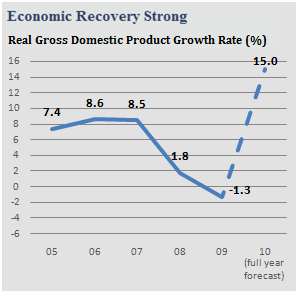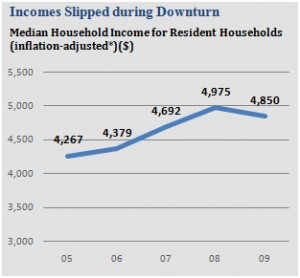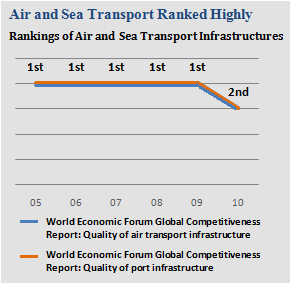Somehow i developed the love for numbers and graphs. To be honest ,it’s one of the last things i would expect to happen.
Anyway, the first time i read through this report “Singapore Public Sector Outcomes review” prepared by Ministry of Finance (MOF) of Singapore a sensational feeling ran through by body. It is a beautifully written report which is easy to understand and it shows a very logical approach to managing Singapore as a country. Of course, no one would expect anything less from MOF.
Singapore government quantifies every key point that they discussed with clear numbers. Anyone can say that they want to achieve robust social security, world-class environment and infrastructure, secure and influential country, strong families and cohesive society or effective government. But the real issue is how you can measure effective government??? or world-class environment and infrastructure? Without any measurement, how do you know if you have achieved your goals or failed miserably?
Social security, effective government or any other goals are often full of ambiguity. To be able to commit to certain numbers, it shows commitment and dedication.
At the same time, you may claim that you improve this and that by say 20-30%, however, if other countries manage to attain 40-50% improvement then are you going ahead or actually failing behind? Singapore government not only commits to improve things, they show different comparative studies to compare Singapore with other countries.
Let’s take a look at certain numbers extracted from the report:
1. Singapore GDP for the past 6 years 2005 to 2010
 To make things simpler from the graph above, if you have $100 in 2004, in 2010 you would have $146.2 in your pocket. It’s not bad at all for a whole society isn’t it?
To make things simpler from the graph above, if you have $100 in 2004, in 2010 you would have $146.2 in your pocket. It’s not bad at all for a whole society isn’t it?
Singapore managed to achieve this with only a modest level of inflation, within 1-3% except for the year 2008.
In 2010 alone, Singapore GDP growth rate was at 14.5%!
2. Singapore Financial Security
 The above graph shows monthly income, which translates to more than SGD $60,000/year.
The above graph shows monthly income, which translates to more than SGD $60,000/year.
3. Robust Infrastructure, Good Connectivity
There are plenty of other noteworthy numbers and insights from the original report. Honestly i don’t think i can provide more meaningful insights as compared to those in the report so the purpose here is just to show some examples and if you are interest, please see the full report Singapore public sector outcome review
Another important point to note is the below statement from Singaporean Government
“In such a context, setting and monitoring outcomes of individual agencies, while useful, is insufficient. MOF and the Ministries have therefore worked to jointly establish whole-of-government outcomes along with suitable indicators to track our progress towards achieving them. Ministries and agencies have agreed on a set of common outcomes, with which their priorities have been aligned.
Just as a health screening report helps an individual to make wise choices that support his health, monitoring whole-of-government outcome indicators guides our understanding of current and emerging policy issues, and therefore the strategies, programmes and resources needed to address them. ”
Managing a country is just like managing a super big corporation. Each division of the big company can have their own agenda/benefit. They may Not want to sacrify certain things for the good of the overall company. I see this happen in many of the top Vietnamese corporations. Singapore ministries/agencies are committed to work towards to well-being of the whole society!
Well that’s all from me for today, have a nice weekend everyone!
Thanks,
Chandler

Dear Chandler Nguyen,
Thanks for the above Outsourcing training services represents a expense efficient plus innovative approach with commissioning services. The private sector has lengthy acknowledged the advantages of outsourcing services, the private sector outsourcing marketplace was estimated with be worth inside excess of $310 Billion inside 2008 (price/water house/coopers).
All the Best